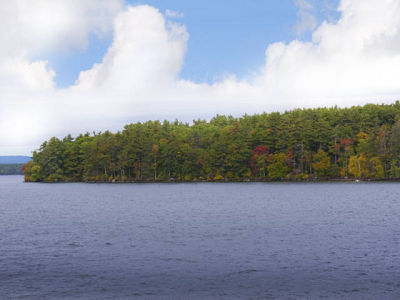Successful fisheries management practices developed for one ecosystem can often be used in similar ecosystems. We developed a flexible lake classification framework in collaboration with ~100 fisheries biologists for improved fisheries conservation management in Wisconsin, USA. In total, 5,950 lakes were classified into 15 lake classes using a two tiered approach. In tier-one, lakes were clustered into “simple” and “complex” sportfish assemblages. In tier-two, lakes were further clustered using accumulated degree days, water clarity, and special cases. We focus on temperature and clarity because these factors often drive fisheries change over time — thus a lake’s class can change over time. Lake class assignments were refined through a vetting process where fisheries biologists with expert knowledge provided feedback. Relative abundance, size-structure, and growth rates of fishes varied significantly across classes. Biologists are encouraged to utilize class interquartile ranges in fisheries metrics to make
improved fisheries assessments. We highlight hard-won lessons from our effort including: (1) the importance of co-developing classification frameworks alongside fisheries biologists; and (2) encouraging frameworks where lakes can shift classes and fisheries expectations over time due to factors like climate change and eutrophication.
Monthly Archives: August 2019
Expanded Assessment of Recruitment Bottlenecks for Age-0 Walleye Sander Vitreus in Northern Wisconsin – Thesis
A Thesis Submitted in partial fulfillment of the requirements of the degree
MASTER OF SCIENCE IN NATURAL RESOURCES (FISHERIES)
College of Natural Resources UNIVERSITY OF WISCONSIN
Stevens Point, Wisconsin
Many northern Wisconsin lakes that historically supported naturally-recruiting walleye Sander vitreus populations have shown declines in recruitment over the last 10-15 years. Previous research conducted on four northern Wisconsin lakes suggested a recruitment bottleneck was occurring before mid-July in lakes with declining walleye natural recruitment. Effective management of walleye populations involves understanding these recruitment bottlenecks, as potential management solutions may vary in relation to when and why this recruitment failure is occurring. To further assess these recruitment bottlenecks, I expanded on the previous assessment to determine if: 1) timing of a recruitment bottleneck for age-0 walleyes was consistent among lakes with declining
recruitment; 2) abiotic and biotic metrics differed between lakes with declining (D-NR) and sustained (S-NR) walleye recruitment, with a specific focus on the abundance of edible zooplankton and 3) catch-per-effort (CPE) of larval and post-larval walleyes can be used to predict the presence, absence, and relative strength of walleye year-classes indexed by standard fall electrofishing conducted by the Wisconsin Department of Natural Resources and the Great Lakes Indian Fish and Wildlife Commission.

